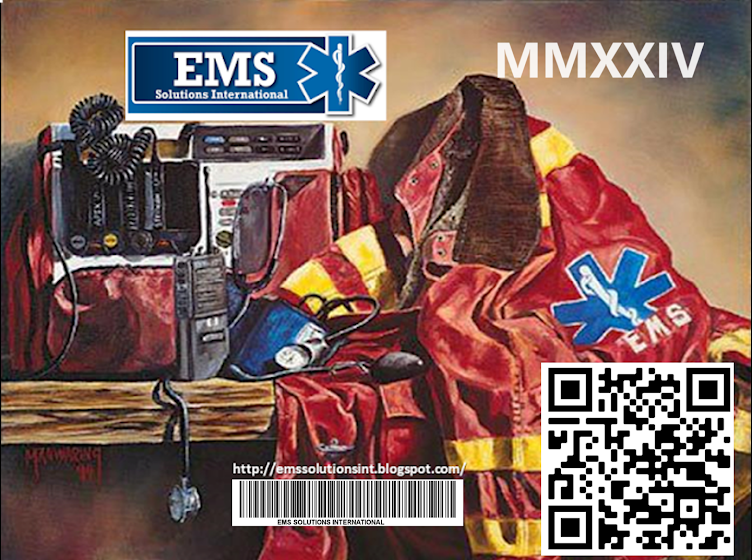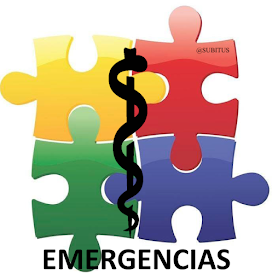VISITAS RECIENTES
We Support The Free Share of the Medical Information

This work is licensed under a Creative Commons Attribution-NonCommercial-NoDerivatives 4.0 International License.
Enlaces PDF por Temas
- AHOGAMIENTO - ASFIXIA POR INMERSION - HIDROCUSION
- ALERTAS SANITARIAS MEDICAMENTOS Y EQUIPOS
- AMBULANCIAS
- ANATOMIA HUMANA
- Analgesia en EMS y TACMED
- AUTISMO TEA Trastornos Espectro Autista TEA PDF
- BIOSEGURIDAD: Manuales y Guias PDF Gratis
- BOMBEROS MANUALES PDF
- BUSQUEDA ONLINE DE MEDICOS EN IBEROAMERIA
- CODIGO INFARTO IAM: Todos los PDF Gratis
- Control de Sangrados Torniquetes TQ STOP THE BLEED
- CORONAVIRUS covid-19
- CURSOS Medicos GRATIS /free online medical courses
- DENGUE todos los PDF Gratis
- DESASTRES: Guias y Manuales PDF Gratis
- Documentos 150 Aniversario ACADEMIA NACIONAL DE MEDICINA/ MEXICO
- ENFERMERIA
- EKG Libros PDF Gratis
- EMERGENCIAS OFTALMOLÓGICAS (oculares) OJOS
- FARMACOLOGIA PDF GRATIS
- GERIATRIA PDFs
- HISTORIA DE LA MEDICINA
- GUIAS CLINICAS PDF GRATIS MEXICO
- HURACANES ,TORMENTAS, CICLONES y TORNADOS
- ICTUS Todos los PDF Gratis
- LIBROS DE CIRUGIA EN PDF GRATIS
- MALARIA /Paludismo
- MEDEVAC / TACEVAC / CASEVAC / AROMEDICINA / TRANSPORTE AEROMEDICO
- MEDICINA MARITIMA todos los PDF
- MEDICINA todo lo relacionado a nuestra practica
- MEDICINA TACTICA: PDF Manuales y Guias
- OBESIDAD
- OBSTETRICIA y GINECOLOGIA PDF Gratis
- Oxigenoterapia y Vias AEREAS
- OXIMETRIA todas las publicaciones
- PDFs Psicologia de Emergencias y DESASTRES
- PDF PICADURAS, MORDEDURAS, ARAÑAZOS, EMPONZOÑAMIENTOS
- Protocolos de Atencion Salud Dominicana
- Pediatria
- Perro-Canine-K-9-Firulais-Dugs-Chuchos-Canino
- RADIOLOGIA DIAGNOSTICO POR IMAGENES
- RCP Reanimacion CardioPulmonar PDF Gratis
- RIESGOS NIÑOS
- TELEMEDICINA
- TES Tecnico en Emergencias Sanitarias
- TRASTORNO ESPECTRO AUTISMO y URGENCIAS PDF
- TRIAJE PDF
- TRAUMA
- ULTIMOS post EMS Solutions Int
- INFORMACION SOBRE EMS SOLUTIONS INTERNATIONAL
- Sobre SUBITUS INTERNATIONAL
- VACUNAS
- El paquete técnico HEARTS by OMS/OPS
- REDES SOCIALES DRRAMONREYESMD
- Perro / Vira Lata/ Canine/ K-9/ Firulais Dogs Chuchos/Canino todos los PDF
- TORNIQUETE -TQ -Tourniquet
Nota Importante
Aunque pueda contener afirmaciones, datos o apuntes procedentes de instituciones o profesionales sanitarios, la información contenida en el blog EMS Solutions International está editada y elaborada por profesionales de la salud. Recomendamos al lector que cualquier duda relacionada con la salud sea consultada con un profesional del ámbito sanitario. by Dr. Ramon REYES, MD
miércoles, 29 de febrero de 2012
lunes, 27 de febrero de 2012
Vídeo Técnico Transporte Sanitario España
Un espíritu, una meta - Transporte sanitario
lunes, 13 de febrero de 2012
martes, 7 de febrero de 2012
COAST GUARD AVIATION MEDICINE MANUAL
COAST GUARD AVIATION
MEDICINE MANUAL
U.S. Department of
Homeland Security
United States
Coast Guard
Enlace para bajar manual en pdf
MEDICINE MANUAL
U.S. Department of
Homeland Security
United States
Coast Guard
Enlace para bajar manual en pdf
Vinculo mayor Riesgo de Muerte con Pildoras para Dormir
SALUD
Las píldoras para dormir vinculadas a un mayor riesgo de muerte
AFP
Londres
Las pastillas para dormir comúnmente recetadas están ligadas a un riesgo cuatro veces mayor de una muerte prematura, según un estudio estadounidense publicado en la revista British Medical Journal.
Esta medicación a grandes dosis está asociada con un 35% más de riesgo de padecer cáncer en comparación con personas que no las usan, pero las razones de este vínculo todavía no son claras, señala el estudio publicado el lunes.
Los doctores dirigidos por Daniel Kripke del Centro del Sueño de la Clínica de la Familia Scripps Viterbi en La Jolla, California, estudiaron el historial médico de 10.500 adultos que viven en Pensilvania y a los que se les había recetado medicación para dormir.
Los datos fueron cotejados con los de más de 23.600 personas, comparadas por edad, salud, y origen, que no tomaba esa medicación.
El estudio se alargó durante dos años y medio y estudió las píldoras comúnmente recetadas a amplios sectores de la población para dormir, lo que incluye benzodiazepinas, no benzodiazepinas, barbitúricos y sedativos.
El número total de muertes que ocurrió durante este período fue pequeño en ambos grupos, totalizando menos de 1000 muertes.
Pero hubo una sorprendente diferencia en la mortalidad, encontraron los investigadores.
Aquellos que tomaron entre 18 y 132 dosis anuales de medicación para dormir tenían 4,6 más posibilidades de morir que el grupo de control.
Incluso aquellos que tomaron menos de 18 dosis anuales tenían 3,5 más posibilidades de morir.
"Los cálculos a grandes rasgos sugieren que en 2010 los hipnóticos (pastillas para dormir) podrían estar asociados con entre 320.000 y 507.000 excesos de muertes en Estados Unidos únicamente", afirma el estudio.
Los detalles de cómo murieron los individuos no fueron desvelados, y los autores recalcan que encontraron una relación estadística pero no una causa.
Pero hicieron sonar la alarma debido al gran número de gente que toma esta medicación.
"Estimamos que, aproximadamente, del seis al 10% de los adultos en Estados Unidos tomaron estos fármacos en 2010 y los porcentajes podrían ser mayores en algunas partes de Europa", escriben.
La media de edad de las personas del estudio fue 54 años. Los investigadores afirmaron que tomaron en cuenta factores que pudieran hacer posible la comparación entre los dos grupos, como si el individuo fumaba o tenía una problema de salud pre existente.
Sin embargo, no fueron capaces de tener en cuenta factores como depresión, ansiedad u otras cuestiones emocionales, ya que los diagnósticos se mantienen en secreto bajo la ley de Pensilvania.
Las investigaciones previas en píldoras para dormir encontraron una relación entre accidentes de coche y caídas graves, síndromes relacionados con comer por la noche, darse atracones de comida, regurgitación en el esófago y úlcera péptica.
Suscribirse a:
Entradas (Atom)





